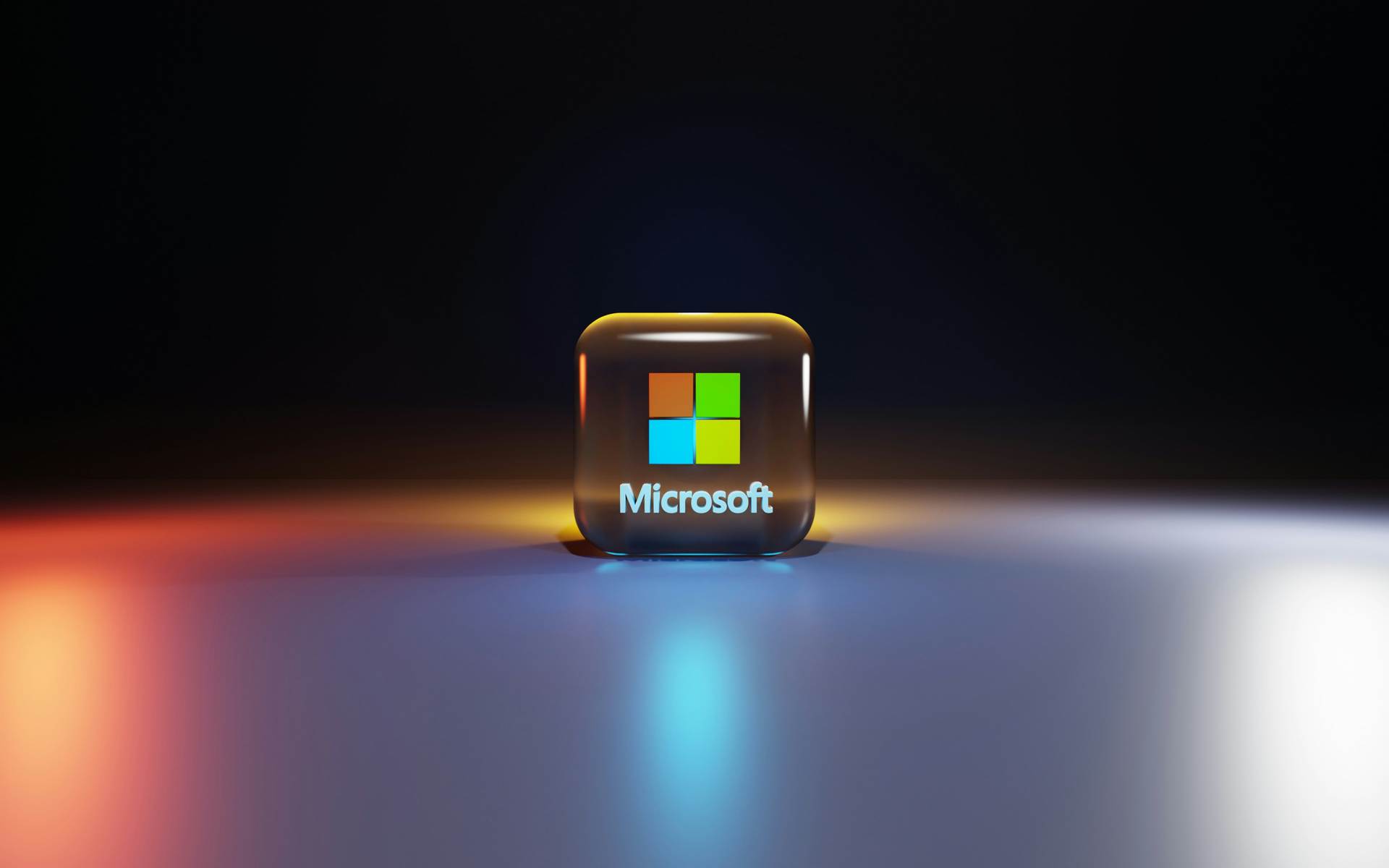Recent Microsoft Azure outages that caused by a Microsoft DDoS attack have sent shockwaves through the tech industry, highlighting the vulnerability of even the most robust cloud infrastructure.
On July 30, Microsoft confirmed that a distributed denial of service (DDoS) attack triggered a significant disruption to its Azure services, causing widespread issues for users worldwide.
The Microsoft Azure outages, which lasted nearly 10 hours, affected a range of critical services, including Microsoft 365 products like Office and Outlook. This incident comes hot on the heels of another recent issue where a CrowdStrike update caused Microsoft Windows machines to crash, compounding concerns about the stability of Microsoft’s ecosystem.
How did the Microsoft Azure outages start?
The Microsoft Azure outages began at approximately 11:45 AM UTC and weren’t fully resolved until 19:43 PM. During this time, users experienced difficulties connecting to various Microsoft services globally. The impact was far-reaching, affecting Azure App Services, Application Insights, Azure IoT Central, and even the Azure portal itself.
Microsoft’s Azure Support X account has shared the following words about the situation:
We are investigating an issue impacting the Azure portal. More details will be provided as they become available.
— Azure Support (@AzureSupport) July 30, 2024
Microsoft’s initial investigation revealed that the root cause of these Microsoft Azure outages was a DDoS attack. In a DDoS attack, adversaries flood services with an overwhelming amount of traffic, aiming to bring them to a standstill. What’s particularly concerning about this incident is that Microsoft’s existing DDoS protection mechanisms failed to mitigate the attack effectively.
The Microsoft DDoS protection paradox
Ironically, it was Microsoft’s own DDoS protection system that amplified the impact of the attack rather than mitigating it. The company admitted that an error in the implementation of its defenses exacerbated the situation, leading to what they described as an “unexpected usage spike.” This spike caused Azure Front Door and Azure Content Delivery Network components to perform below acceptable thresholds, resulting in intermittent errors, timeouts, and latency spikes.
The fact that Microsoft’s DDoS protection system failed in this manner raises serious questions about the robustness of their cybersecurity measures. Sean Wright, head of application security at Featurespace, noted that this incident, similar to the recent CrowdStrike issue, underscores the critical importance of thorough software testing, especially for protective systems.
Implications and fallout
The Microsoft Azure outages had far-reaching consequences, affecting numerous businesses that rely on these services. Notable among the affected companies was U.K. bank NatWest, highlighting the potential for such disruptions to impact critical financial services.
These Microsoft Azure outages, coming so soon after the CrowdStrike incident, have created what some might consider unfair negative publicity for Microsoft. The tech giant is acutely aware of this and has promised transparent communication throughout the incident’s aftermath. Microsoft has committed to publishing a Preliminary Post Incident Review within 72 hours, aiming to provide more details about the attack and their response.
What’s next?
As Microsoft works to recover from these Microsoft Azure outages, the incident serves as a stark reminder of the ongoing challenges in maintaining robust cloud infrastructure. The company will need to thoroughly review and enhance its DDoS protection mechanisms to prevent similar incidents in the future.

For Azure users, Microsoft advises configuring and maintaining Azure Service Health alerts to stay informed about future service issues. This proactive approach can help organizations better prepare for and respond to potential disruptions.
While Microsoft services are currently back up and running, this incident has undoubtedly shaken confidence in the Azure platform.
As cloud services become increasingly central to business operations worldwide, the pressure is on Microsoft to ensure the reliability and security of its Azure infrastructure in the face of evolving cyber threats.
The coming weeks will be crucial as Microsoft works to rebuild trust and demonstrate its commitment to preventing future Microsoft Azure outages. The tech community will be watching closely to see how the company addresses the vulnerabilities exposed by this DDoS attack and strengthens its defenses against future threats.
Featured image credit: Microsoft





